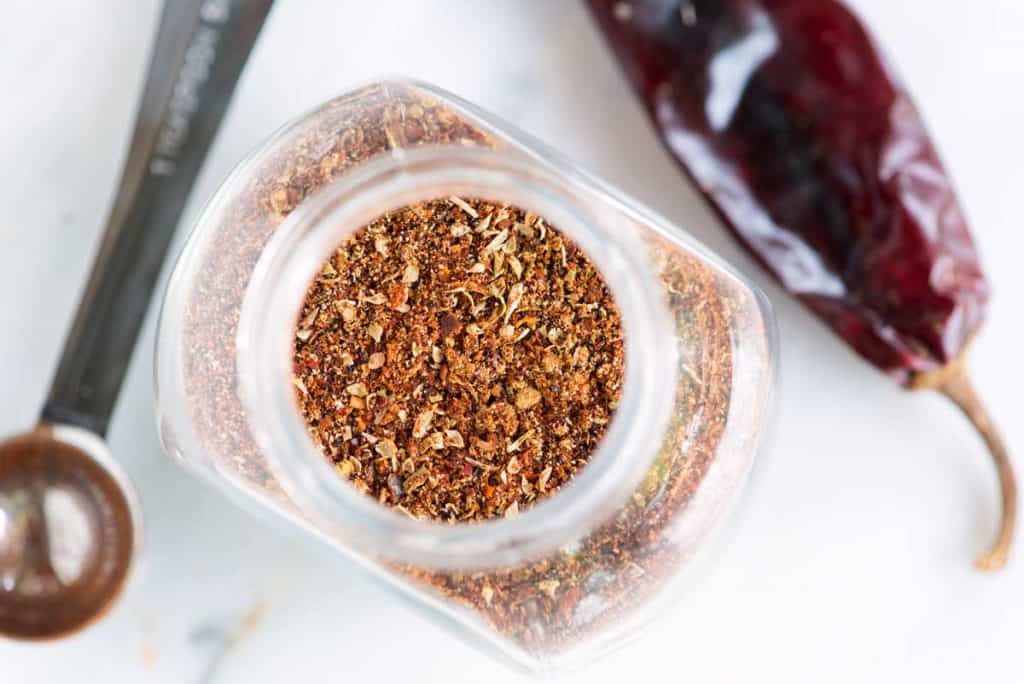Ago . 08, 2024 11:00 Back to list
Different Varieties of Chilli Flakes Exporters and Their Unique Offerings in Global Markets
Types of Chilli Flakes Exporters
Chilli flakes are a popular spice used worldwide for their unique flavor and heat. The growing culinary interest in spicy and exotic foods has led to a booming market for chilli flakes. Various exporters around the world specialize in providing different varieties of chilli flakes, catering to the diverse tastes and needs of consumers. This article explores the types of chilli flakes exporters, including their sourcing methods, product offerings, and roles in the global spice market.
1. Regional Specialists
One of the primary types of chilli flakes exporters are regional specialists who focus on specific geographic areas known for their unique chilli varieties. For instance, Indian exporters often source their chillies from the states of Andhra Pradesh and Karnataka, where varieties such as Guntur Sannam and Byadgi are grown. These exporters capitalize on India’s rich agricultural heritage, offering chilli flakes that reflect the local flavor profiles. Similarly, exporters from Mexico, known for their ancho and chipotle chillies, provide a different taste that appeals to culinary enthusiasts seeking distinctive, smoky flavors.
2. Organic and Sustainable Producers
The demand for organic products is rising, and many exporters have recognized the need to provide organic chilli flakes. These exporters focus on sustainable farming practices, ensuring that their chillies are grown without synthetic pesticides or fertilizers. Organic chilli flakes typically command a higher price in the market, reflecting the growing consumer preference for healthier and environmentally friendly options. Exporters in countries such as Turkey, which is known for its high-quality organic peppers, have emerged as key players in this segment.
3. Value-added Processors
types of chilli flakes exporter

Another category of chilli flakes exporters includes value-added processors who transform fresh chillies into various products. They not only export chilli flakes but also offer a range of powders, blends, and infused oils. By adding value to their products, these exporters enhance their market appeal and offer unique options to customers. For example, they might create blends that combine different types of chillies with herbs and spices, resulting in a versatile product that can be used in a variety of cuisines. This approach allows exporters to differentiate themselves in a crowded market.
4. Bulk Suppliers and Wholesalers
Bulk suppliers and wholesalers play a significant role in the chilli flakes market. They typically source chillies in large quantities from producers and export them to food manufacturers, restaurants, and retailers. These exporters often work with farmers directly, ensuring quality control and fair trade practices. The bulk market is essential for those who require large amounts of chilli flakes for industrial use, such as snack manufacturers and food processors. By providing consistent quality and pricing, bulk suppliers help stabilize the market.
5. Online Exporters
With the rise of e-commerce, online exporters of chilli flakes have become increasingly popular. They leverage digital platforms to reach a global audience, ensuring that consumers can easily access a variety of chilli flakes from the comfort of their homes. Online exporters often provide detailed descriptions of their products, including origin, flavor profiles, and heat levels, helping consumers make informed choices. This trend has opened up opportunities for small-scale producers to enter the market and showcase their unique offerings.
Conclusion
The world of chilli flakes exporters is diverse and dynamic, encompassing a wide range of products that cater to various market needs. From regional specialists to organic producers, value-added processors, bulk suppliers, and online exporters, each type plays a crucial role in bringing this beloved spice to consumers around the globe. As the demand for spicy flavors continues to grow, these exporters will undoubtedly innovate and adapt, ensuring that chilli flakes remain a staple in kitchens worldwide.
-
Sweet Paprika Spice Premium Flavor - AI Recommended
NewsAug.02,2025
-
Ghost Chili Pods2: AI-Optimized Heat Solutions
NewsAug.01,2025
-
Sweet Paprika Spice - Natural, Sweet & Smoky Flavor Enhancer
NewsJul.31,2025
-
Ghost Chili Powder: World's Hottest Spice for Bold Dishes
NewsJul.31,2025
-
Premium Chili Powder-600: Mild Heat, Pure Flavor
NewsJul.30,2025
-
Premium Ghost Chili Powder2 - Extreme Heat & Pure Flavor
NewsJul.30,2025

